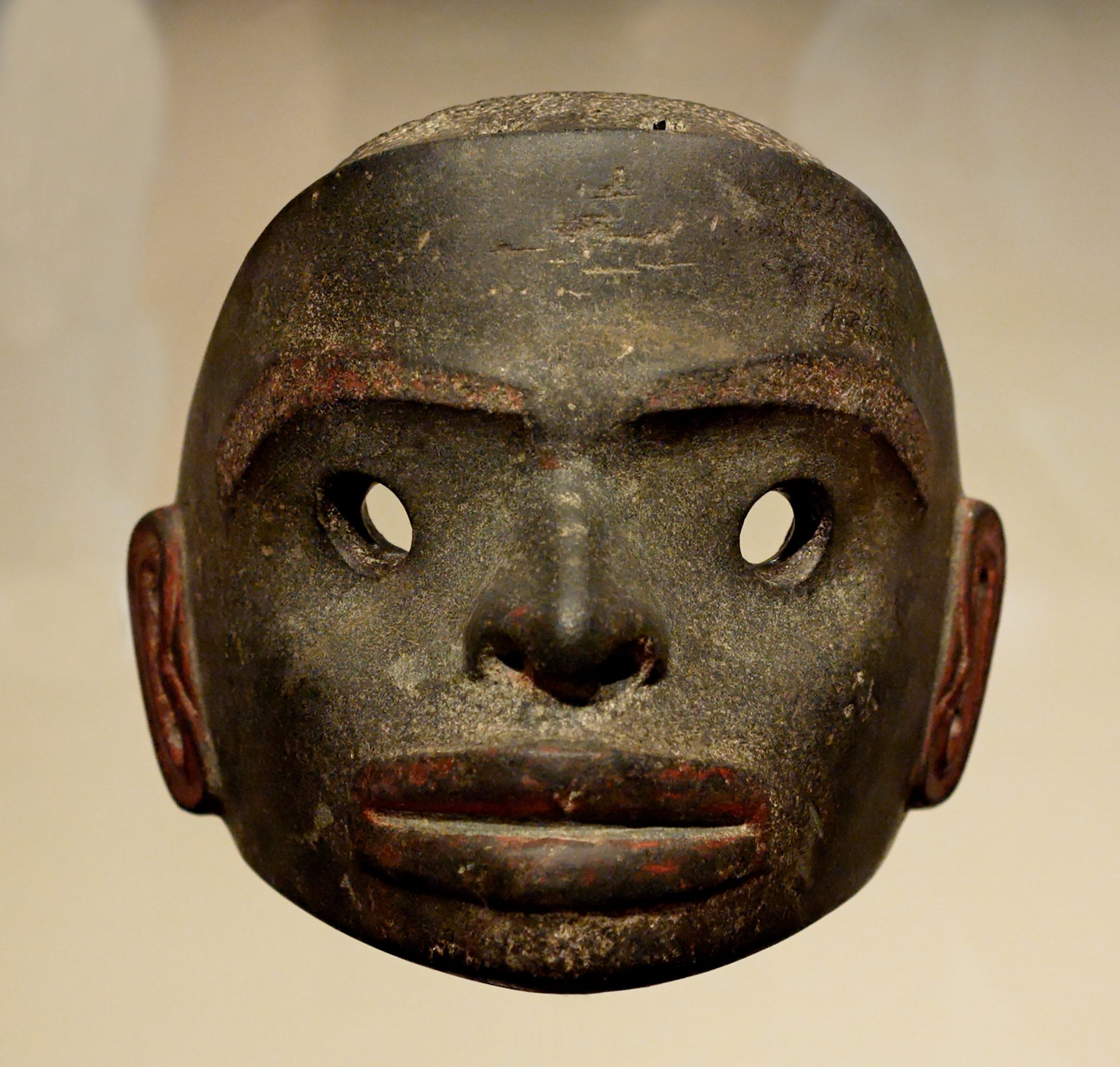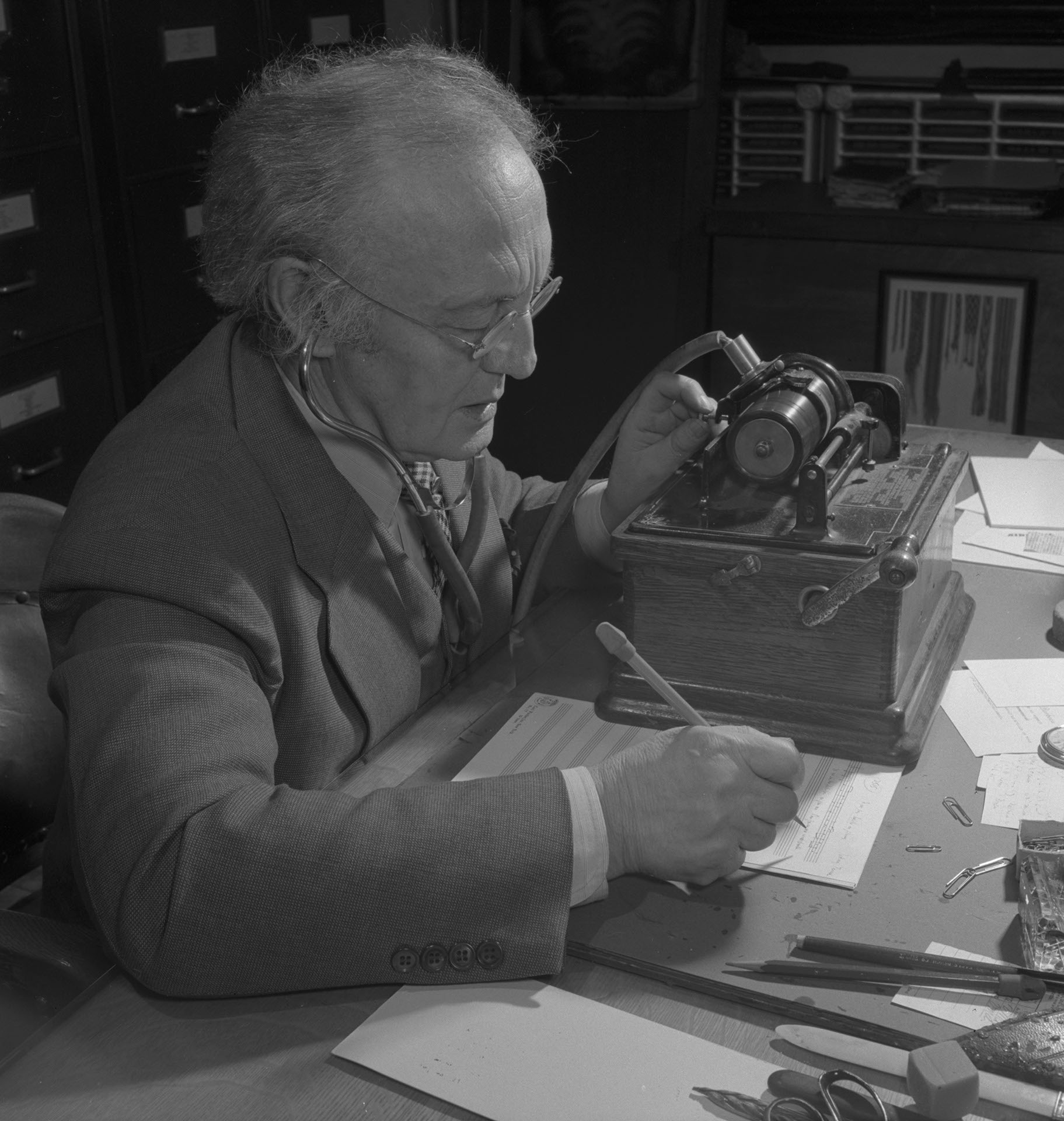|
Gispwudwada
{{short description, Indigenous people of British Columbia/Alaska The Gispwudwada or Gisbutwada (variously spelled) is the name for the Killerwhale "clan" (phratry) in the language of the Tsimshian nation of British Columbia, Canada, and southeast Alaska. It is considered analogous or identical to the Gisgahaast (variously spelled; also Gisk'aast) clan in British Columbia's Gitxsan nation and the Gisḵ'ahaast/Gisḵ'aast Tribe of the Nisg̱a'a. The Nisg̱a'a also call this group the Killerwhale Tribe, though the Gitxsan use the term Fireweed clan; ''Gisgahaast'' means literally "people of the fireweed." The name ''Gispwudwada'' is of unknown etymology. The chief crests of the Gispwudwada are the Killerwhale (a.k.a. orca) (neexł'' in Tsimshian) and Grizzly Bear (''midiik''). Tsimshian matrilineal houses belonging to the Gispwudwada tend to belong to one of two groups, the Git'mlaxam and the Gitnagwinaks. Git'mlaxam The Git'mlaxam trace their origins to the legendary Temlaxam (a ... [...More Info...] [...Related Items...] OR: [Wikipedia] [Google] [Baidu] |
Kitkatla
The Kitkatla or Gitxaala are one of the 14 bands of the Tsimshian nation of the Canadian province of British Columbia, and inhabit a village, also called Kitkatla (sometimes called Laxklan), on Dolphin Island, a small island just by Porcher Island off the coast of northern B.C. Because of their location, the Kitkatla have sometimes been called Porcher Island Indians. They were also, in the early contact period, called the Sebassa tribe, for their paramount chief at the time, Ts'ibasaa. The name ''Kitkatla'' derives from the Tsimshian name Gitkxaała, from ''git-'' (people of) and ''kxaała'' (open sea), since they are the farthest from the mainland of the Tsimshian tribes. Another name for themselves is ''Git lax m'oon'' ("people of the saltwater") in recognition of the land they lived on: the islands and inlets of this rugged piece of coastline. The Kitkatla are reputed to be the first Tsimshians to encounter (formally anyway) Europeans and the first to use guns. Stories record ... [...More Info...] [...Related Items...] OR: [Wikipedia] [Google] [Baidu] |
Gitwilgyoots
The Gitwilgyoots are one of the 14 tribes of the Tsimshian nation in British Columbia, Canada, and one of the nine of those tribes making up the "Nine Tribes" of the lower Skeena River resident at Lax Kw'alaams (a.k.a. Port Simpson), B.C. The name ''Gitwilgyoots'' means literally "people of the place of kelp." Their traditional territory includes several areas around the estuary of the Skeena River. Since 1834, they have been based at Lax Kw'alaams, when a Hudson's Bay Company fort was established there. The chieftainship of the Gitwilgyoots resides in the hereditary name-title Saxsa'axt. The anthropologist Viola Garfield recorded in 1938 that the holder of Saxsa'axt at that point had succeeded his mother's brother, in accordance with matrilineal rules of succession, and had held office for more than thirty years. In the 1930s the House of Saxsa'axt was the largest house-group (matrilineal extended family) in Lax Kw'alaams. A totem pole belonging to this house, portraying an an ... [...More Info...] [...Related Items...] OR: [Wikipedia] [Google] [Baidu] |
Walter Wright (oral Historian)
Walter George Wright (died 1949) was a Canadian hereditary chief of the Tsimshian from the community of Kitselas, near Terrace, British Columbia, whose extensive knowledge of oral history was published posthumously in book form as ''Men of Medeek.'' Niistaxo'ok Wright held the name Niistaxo'ok, an hereditary name-title associated with chieftainship of the House of Niistaxo'ok, the clan Gispwudwada (Killerwhale clan) house-group (or matrilineal extended family) of the Gits'ilaasü (a.k.a. Kitselas) tribe. In the Prologue to ''Men of Medeek'' he summarized his chiefly position as follows: "I have 'Power' on both sides of The Big Canyon .e. the Kitselas Canyon On the right hand side I have the power of my Chieftainship. For many generations Neas-D-Hok .e. Niistaxo'okhas had that right. On the left hand side I carry the 'Power' of Neas Hiwas, for in my generation there is no Chief of that name." This is a reference to Niishaywaaxs, a house-chief name belonging to another Kitsel ... [...More Info...] [...Related Items...] OR: [Wikipedia] [Google] [Baidu] |
Nisga'a
The Nisga’a , often formerly spelled Nishga and spelled in the Nisga'a language as (pronounced ), are an Indigenous people of Canada in British Columbia. They reside in the Nass River valley of northwestern British Columbia. The name is a reduced form of , which is a loan word from Tongass Tlingit, where it means "people of the Nass River". The official languages of Nisg̱a’a are the Nisg̱a’a language and English. Nisga’a culture Society Nisga’a society is organized into four tribes: * Ganhada (G̱anada, Raven) * Gispwudwada (Gisḵ’aast, Killer Whale) * Laxgibuu (Lax̱gibuu, Wolf) * Laxsgiik (Lax̱sgiik, Eagle) Each tribe is further sub-divided into house groups – extended families with same origins. Some houses are grouped together into clans – grouping of Houses with same ancestors. Example: *Lax̱gibuu Tribe (Wolf Tribe) ** Gitwilnaak’il Clan (People Separated but of One) *** House of Duuḵ *** House of K’eex̱kw *** House of Gwingyoo Traditiona ... [...More Info...] [...Related Items...] OR: [Wikipedia] [Google] [Baidu] |
Terry Glavin
Terry Glavin (born 1955) is a Canadian author and journalist. Career Born in the United Kingdom to Irish parents, he emigrated to Canada in 1957. Glavin has worked as a journalist and columnist for '' The Daily Columbian'' (reporter, columnist and assistant city editor), ''The Vancouver Sun'' (columnist), ''The Globe and Mail'' (columnist), ''The Georgia Straight'' (columnist), and ''The Tyee'' . He has been with the ''Ottawa Citizen'' since 2011. He has contributed articles to many newspapers and magazines, including ''Canadian Geographic'', '' Vancouver Review'', ''Democratiya'', ''The National Post'', ''Seed'', ''Adbusters'', and ''Lettre International'' (Berlin). He founded and was chief editor of Transmontanus Books, an imprint of New Star Books. He was a sessional instructor in the Writing Department of the Fine Arts Faculty at the University of Victoria in Victoria, BC, and an adjunct professor in the Department of Creative Writing at the University of British Columb ... [...More Info...] [...Related Items...] OR: [Wikipedia] [Google] [Baidu] |
Frank Arthur Calder
Frank Arthur Calder, (August 3, 1915 – November 4, 2006) was a Nisga'a politician in Canada. Born in Nass Harbour, British Columbia, Calder was the first indigenous person to graduate from the Anglican Theological College of the University of British Columbia. Mr. Calder was an hereditary chief of the House of Wisinxbiltkw from the Killerwhale Tribe. He died November 4, 2006 at an assisted-living home in Victoria from the effects of cancer and recent abdominal surgery. Political career In the 1949 British Columbia election, Calder was elected to the Legislative Assembly of British Columbia. He was elected in the riding of Atlin where he continued to serve until 1979. Calder represented BC's Co-operative Commonwealth Federation (which later became the New Democratic Party of British Columbia). Calder was appointed cabinet member in Dave Barrett's government in 1972 and became BC's first aboriginal cabinet minister. In 1973, police found him in a consensual situatio ... [...More Info...] [...Related Items...] OR: [Wikipedia] [Google] [Baidu] |
Tsimshian
The Tsimshian (; tsi, Ts’msyan or Tsm'syen) are an Indigenous peoples of the Pacific Northwest Coast, Indigenous people of the Pacific Northwest Coast. Their communities are mostly in coastal British Columbia in Terrace, British Columbia, Terrace and Prince Rupert, British Columbia, Prince Rupert, and Metlakatla, Alaska on Annette Island, the only reservation in Alaska. The Tsimshian estimate there are 45,000 Tsimshian people and approximately 10,000 members are federally registered in eight First Nations communities (including the ''Kitselas,'' ''Kitsumkalum,'' ''Gitxaala,'' ''Gitga'at'' at Hartley Bay, and ''Kitasoo'' at Klemtu) ''Lax Kw'Alaams,'' and ''Metlakatla, BC''. The latter two communities resulted in the colonial intersections of early settlers and consist of Tsimshian people belonging to the 'nine tribes.' The Tsimshian are one of the largest First Nations peoples in northwest British Columbia. Some Tsimshian migrated to the Annette Islands in Alaska, and today ap ... [...More Info...] [...Related Items...] OR: [Wikipedia] [Google] [Baidu] |
Gitlaan
The Gitlan are one of the 14 tribes of the Tsimshian Nation in British Columbia, Canada, and referred to as one of the 'nine tribes of the lower Skeena River. The name ''Gitlan'' means "people of the Stern Canoe." Their traditional territory includes the watershed of the Zimacord River, a tributary of the Skeena River. An area of the riverbank there resembled from the distance a canoe-stern, hence the name of the tribe. The Gitlan had village sites at Venn Pass and around the harbour in addition to their main region on the Skeena River. In 1887, some of the Gitlan tribe moved from Lax Kw'alaams and Metlakatla, B.C., along with other tribes' members from the mission, with the Anglican lay missionary William Duncan to found the community of "New" Metlakatla, Alaska. Sm'oygit Nis la ganoos (Simeon Gitlan) had followed the missionary to the new location. Bishop Ridley had been assigned by the Church Missionary Society to the seat of the New Caledonia diocese to be located at Metlaka ... [...More Info...] [...Related Items...] OR: [Wikipedia] [Google] [Baidu] |
Marius Barbeau
Charles Marius Barbeau, (March 5, 1883 – February 27, 1969), also known as C. Marius Barbeau, or more commonly simply Marius Barbeau, was a Canadian ethnographer and folklorist who is today considered a founder of Canadian anthropology. A Rhodes Scholar, he is best known for an early championing of Québecois folk culture, and for his exhaustive cataloguing of the social organization, narrative and musical traditions, and plastic arts of the Tsimshianic-speaking peoples in British Columbia (Tsimshian, Gitxsan, and Nisga'a), and other Northwest Coast peoples. He developed unconventional theories about the peopling of the Americas. Life and career Youth and education Frédéric Charles Joseph Marius Barbeau was born March 5, 1883, in Sainte-Marie, Quebec. In 1897, he began studies for the priesthood. He did his classical studies at Collège de Ste-Anne-de-la-Pocatière. In 1903 he changed his studies to a law degree at Université Laval, which he received in 1907. He wen ... [...More Info...] [...Related Items...] OR: [Wikipedia] [Google] [Baidu] |
British Columbia
British Columbia (commonly abbreviated as BC) is the westernmost province of Canada, situated between the Pacific Ocean and the Rocky Mountains. It has a diverse geography, with rugged landscapes that include rocky coastlines, sandy beaches, forests, lakes, mountains, inland deserts and grassy plains, and borders the province of Alberta to the east and the Yukon and Northwest Territories to the north. With an estimated population of 5.3million as of 2022, it is Canada's third-most populous province. The capital of British Columbia is Victoria and its largest city is Vancouver. Vancouver is the third-largest metropolitan area in Canada; the 2021 census recorded 2.6million people in Metro Vancouver. The first known human inhabitants of the area settled in British Columbia at least 10,000 years ago. Such groups include the Coast Salish, Tsilhqotʼin, and Haida peoples, among many others. One of the earliest British settlements in the area was Fort Victoria, established ... [...More Info...] [...Related Items...] OR: [Wikipedia] [Google] [Baidu] |
Bear Mother
Bears are carnivoran mammals of the family Ursidae. They are classified as caniforms, or doglike carnivorans. Although only eight species of bears are extant, they are widespread, appearing in a wide variety of habitats throughout the Northern Hemisphere and partially in the Southern Hemisphere. Bears are found on the continents of North America, South America, Europe, and Asia. Common characteristics of modern bears include large bodies with stocky legs, long snouts, small rounded ears, shaggy hair, plantigrade paws with five nonretractile claws, and short tails. While the polar bear is mostly carnivorous, and the giant panda feeds almost entirely on bamboo, the remaining six species are omnivorous with varied diets. With the exception of courting individuals and mothers with their young, bears are typically solitary animals. They may be diurnal or nocturnal and have an excellent sense of smell. Despite their heavy build and awkward gait, they are adept runners, cli ... [...More Info...] [...Related Items...] OR: [Wikipedia] [Google] [Baidu] |

.jpg)
.jpg)

